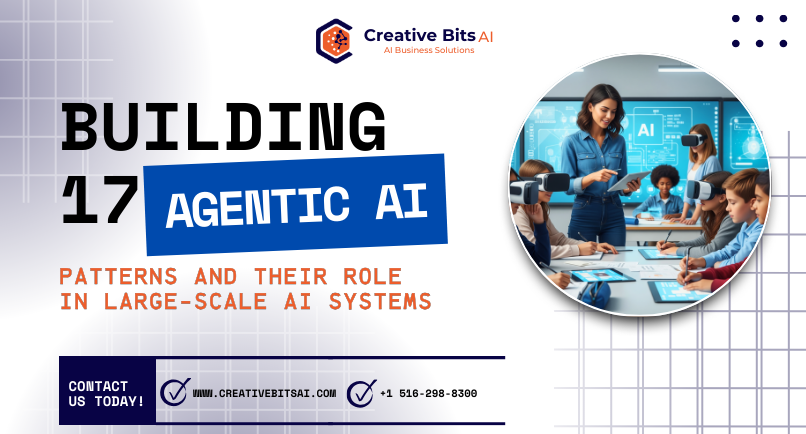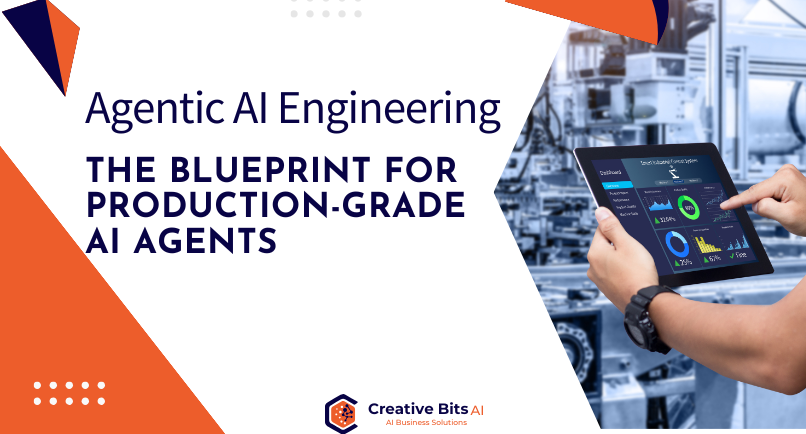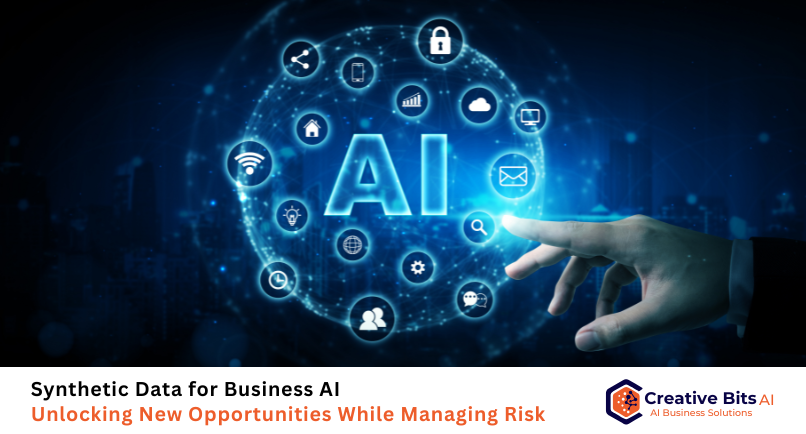AI SEO—or Artificial Intelligence Search Engine Optimization—marks a fundamental shift in how businesses approach digital visibility. Rather than relying on static, rule-based optimization, AI SEO integrates technologies such as machine learning (ML), natural language processing (NLP), and large language models (LLMs) to continuously interpret, predict, and enhance search performance. It transforms traditional SEO into an intelligent, adaptive process that evolves alongside search engine algorithms and user behavior.
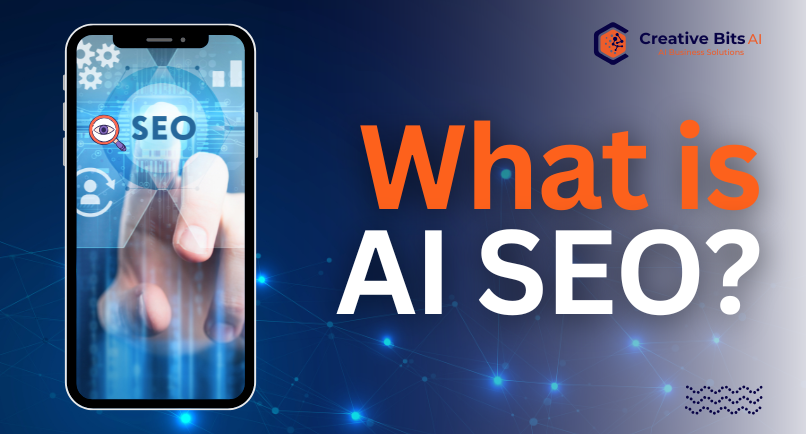
At its core, AI SEO automates complex processes like keyword clustering, competitor analysis, and content optimization. Tools such as Semrush’s ContentShake AI and MarketMuse use NLP to understand context and intent, helping marketers create content that aligns with search intent rather than keyword density, according to HubSpot. As Google incorporates AI systems like RankBrain, BERT, and MUM into its ranking models, the gap between manual optimization and AI-powered insight continues to narrow—reshaping SEO from reactive to predictive.
Why AI SEO Matters
The urgency around AI SEO stems from the rapid evolution of how people search and how search engines respond. Google alone makes thousands of algorithm updates annually, each affecting how pages rank. Moreover, the rise of generative AI search features—such as Google’s AI Overviews and OpenAI’s ChatGPT web browsing—has introduced discovery ecosystems beyond traditional results, as per Search Engine Journal. This means visibility now extends into AI-curated summaries and conversational interfaces.
AI-driven SEO offers competitive advantages that manual methods cannot replicate. First, AI systems can process millions of data points in seconds, identifying trends invisible to human analysts. Second, NLP models distinguish subtle intent variations—helping marketers optimize for “how-to,” “why,” and “near me” searches with unmatched precision. Finally, AI enables real-time adaptation: when algorithmic shifts occur, intelligent SEO systems like Clearscope and ContentKing can detect ranking volatility within hours, ensuring rapid response.
As brands compete for relevance in a fragmented search landscape, adopting AI SEO isn’t just strategic—it’s essential for survival.
The Evolution of SEO in the Age of AI
Search optimization has evolved from simple keyword placement to complex semantic understanding. In the early 2000s, SEO success was measured by keyword density and backlink quantity. However, today’s search engines leverage AI to understand meaning, context, and user satisfaction.
Google’s AI evolution provides a clear timeline: RankBrain (2015) introduced machine learning to interpret unseen queries; BERT (2019) enhanced contextual comprehension by reading queries bidirectionally; MUM (2021) allowed the engine to interpret text, images, and video simultaneously across 75 languages; and by 2024, the rollout of AI Overviews marked the transition from query-based search to answer-based discovery.
This paradigm shift has birthed Generative Engine Optimization (GEO)—a new form of AI SEO designed to make content “AI-visible.” Unlike traditional SEO that aims for page-one ranking, GEO seeks to position brands as sources cited by AI-generated summaries. A 2024 study by Princeton University and IIT Delhi found that optimized, well-structured, citation-rich content has a 40% higher chance of being referenced in AI outputs.
The result? AI SEO is no longer about visibility—it’s about authority. To thrive, brands must create structured, original, and semantically rich content that earns not just clicks but trust from machines.
Core Components of AI SEO
AI SEO integrates multiple disciplines under one intelligent framework. The five foundational components are AI-powered keyword analysis, content generation, technical optimization, performance monitoring, and AI search visibility.
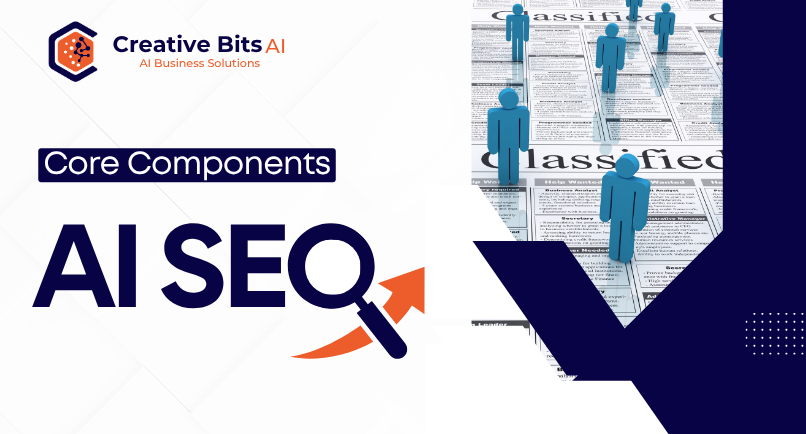
1. AI-Driven Keyword Research: Traditional keyword tools focus on volume and competition. AI tools go deeper, identifying semantic clusters and emerging topics using predictive models. For instance, Semrush’s AI intent analyzer can forecast rising keywords up to six weeks before they peak by tracking social sentiment and contextual trends.
2. Content Generation and Optimization: AI tools like Jasper and MarketMuse synthesize data from top-ranking content, enabling marketers to produce articles that align with search intent and SERP structure. NLP algorithms ensure semantic diversity, readability, and emotional tone consistency. The balance between AI precision and human storytelling is critical—content that feels robotic performs poorly on engagement metrics.
3. Technical SEO Automation: AI systems now identify and fix technical errors before they harm rankings. Platforms such as Botify and Lumar employ pattern recognition to detect crawl inefficiencies, redundant redirects, and schema inconsistencies. Machine learning can even predict which issues will most affect traffic, enabling data-driven prioritization.
4. Performance Monitoring: AI SEO relies on continuous feedback loops. Tools like ContentKing offer real-time anomaly detection, sending alerts when ranking fluctuations indicate potential algorithm updates. AI models can analyze cause-and-effect relationships between content changes and traffic shifts with greater precision than human analysts.
5. AI Search Visibility: Visibility today extends beyond Google’s SERPs. AI SEO ensures optimization for voice, image, and chatbot-based discovery. Structured data, conversational phrasing, and entity linking allow your brand to appear in voice search results, visual cards, and generative AI summaries as per Search Engine Journal.
9 Tips to Optimize for AI SEO
The future of SEO belongs to those who optimize for both human understanding and machine interpretation. Below are the key strategies businesses are adopting to future-proof their content.
1. Optimize for Semantic Search: Use topic clusters and natural language flow instead of repetitive keywords. As per Search Engine Land, semantically optimized content ranks for 68% more long-tail queries.
2. Implement Schema Markup: Structured data provides clarity to AI crawlers. Articles using detailed schema markup have a higher chance of appearing in rich snippets, as per Google Search Central.
3. Target Conversational Queries: Voice and chatbot searches require natural phrasing. Optimizing for “how,” “what,” and “why” improves response inclusion across platforms like ChatGPT and Alexa.
4. Build E-E-A-T Credibility: Demonstrate Experience, Expertise, Authority, and Trustworthiness through bylined authors, citations, and verified sources.
5. Prioritize Generative Engine Optimization (GEO): Structure content with clear summaries and statistics to make it AI-friendly for citation.
6. Strengthen Internal Linking: Connect thematic pages using semantic anchors to help AI understand relationships.
7. Refresh Content Frequently: Up-to-date information signals reliability; freshness is now a major factor in AI citation algorithms, as per Search Engine Journal.
8. Improve Site Performance: Optimize Core Web Vitals such as loading time (LCP < 2.5s) and responsiveness (INP < 200ms).
9. Diversify Content Formats: Include video, visuals, and infographics to align with multimodal AI systems that analyze more than just text.
While these principles resemble traditional SEO, their AI implementation requires precision, structure, and continuous feedback from analytics-driven systems.
Tools and Technologies in AI SEO
The AI SEO ecosystem is thriving with platforms that enable automation and insight at every stage of optimization.
For content generation, tools like ContentShake AI and Frase use transformer models to suggest outlines, meta tags, and semantic enhancements. MarketMuse leverages deep semantic analysis to ensure topic completeness, while Clearscope benchmarks readability and term usage.
For technical auditing, Lumar and Botify employ predictive analytics to preempt site issues. Screaming Frog, enhanced with ML features, identifies structural inefficiencies at scale.
Keyword intelligence has also evolved: BrightEdge and Conductor now integrate intent prediction, SERP feature analysis, and trend forecasting—essential for optimizing content for Google’s AI Overviews.
Finally, GEO tools like InLinks and Alli AI specialize in entity optimization and citation tracking, bridging the gap between traditional ranking and AI visibility. Together, these tools transform AI SEO from an analytical task into an intelligent, continuous growth engine.
Benefits of Implementing AI SEO
Organizations adopting AI SEO enjoy quantifiable advantages. Efficiency tops the list—AI automates labor-intensive keyword and content tasks, freeing human talent for creative strategy. According to Influencer Marketing Hub, 17% of marketers save over 10 hours weekly using AI-driven SEO tools.
Accuracy and scale also improve dramatically. Machine learning can analyze millions of SERPs in seconds, identifying ranking correlations with near-perfect precision. A 2024 SEOClarity study revealed that 64.8% of SEO professionals now value AI insight reliability over manual auditing.
Beyond speed and accuracy, AI enhances adaptability. During algorithm shifts, predictive systems like ContentKing detect volatility early, allowing faster countermeasures. Capgemini’s 2025 Digital Marketing Report found that 49% of brands using AI recovered rankings within 72 hours post-update—versus 3–4 weeks for non-AI users.
Ultimately, AI SEO isn’t about replacing human expertise—it’s about magnifying it. The human strategist defines the “why,” while AI handles the “how” at scale and speed previously unimaginable.
Future Trends in AI SEO
The convergence of search and AI continues to accelerate, giving rise to five transformative trends shaping the next era of digital discovery.
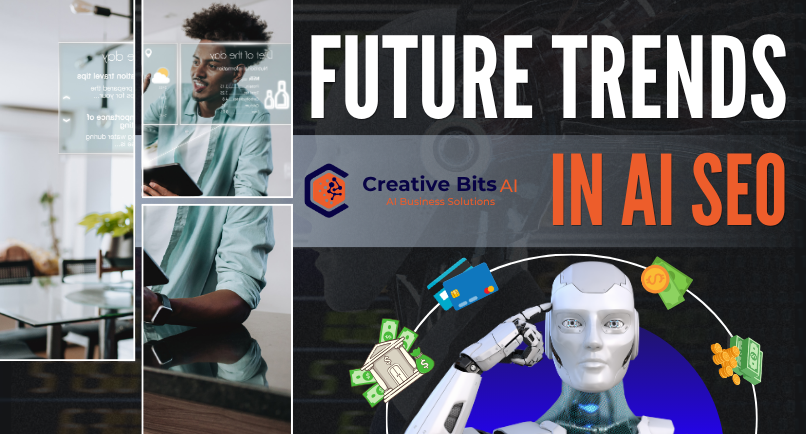
1. Voice and Visual Search Domination: By 2026, over 60% of searches will be conducted through voice or visual recognition, according to Gartner. AI models like Google Lens and Gemini’s Multimodal Vision API already prioritize image context and descriptive text alignment.
2. Personalized Search Results: AI-driven personalization tailors content based on behavioral and demographic data. Dynamic AI SEO strategies that adapt to individual users will soon replace static optimization.
3. Predictive Intent Recognition: AI tools will anticipate needs before users articulate them. Predictive SEO strategies will dominate industries like e-commerce and healthcare, where early anticipation of intent translates directly into sales.
4. Multi-Agent Search Ecosystems: The future will include collaboration among specialized AI agents—each trained on niche domains. Optimizing content for these decentralized, purpose-built AIs will redefine discoverability.
5. Generative SEO Platforms: Tools combining LLMs with real-time analytics will autonomously create and test landing pages—scaling experimentation faster than any human team could manage.
In essence, AI SEO is no longer a marketing tactic—it’s becoming a machine-driven intelligence function integrated into the fabric of digital strategy.
Making AI SEO Work in an AI-Driven Future
AI SEO represents more than a technological upgrade—it’s a philosophical shift in how businesses connect with audiences. The role of the SEO professional is evolving from a tactician to a data interpreter and AI strategist. The brands that succeed in this new ecosystem will be those that balance human creativity with machine precision.
To begin this transformation, businesses should audit their existing digital assets, identify process gaps, and integrate AI SEO tools capable of semantic clustering, content scoring, and predictive analysis. Continuous experimentation, real-time feedback, and cross-functional alignment between content, marketing, and IT will define success in the next era of search.
Conclusion – Partnering for Smarter Search
The AI revolution in SEO isn’t a distant concept—it’s happening now. Businesses that fail to evolve risk becoming invisible in an algorithmic world where attention is the ultimate currency.
Creative Bits AI helps organizations bridge this transition. With over four decades of industry experience and expertise in workflow automation, monday.com integrations, and AI-powered business solutions, we empower brands to modernize their digital presence and achieve measurable AI SEO impact. Writing product descriptions used to take forever. Now, PDPBits AI, one of our products, generates brand-perfect, SEO-friendly content in seconds. The descriptions are clear, engaging, and actually match our brand voice. Discover how businesses like yours are transformed with our software. Real stories of growth, innovation, and success.
If you’re ready to transform how your business is discovered, optimized, and trusted online—BOOK A Session with us and learn how to build an AI SEO strategy that works smarter, not harder.

